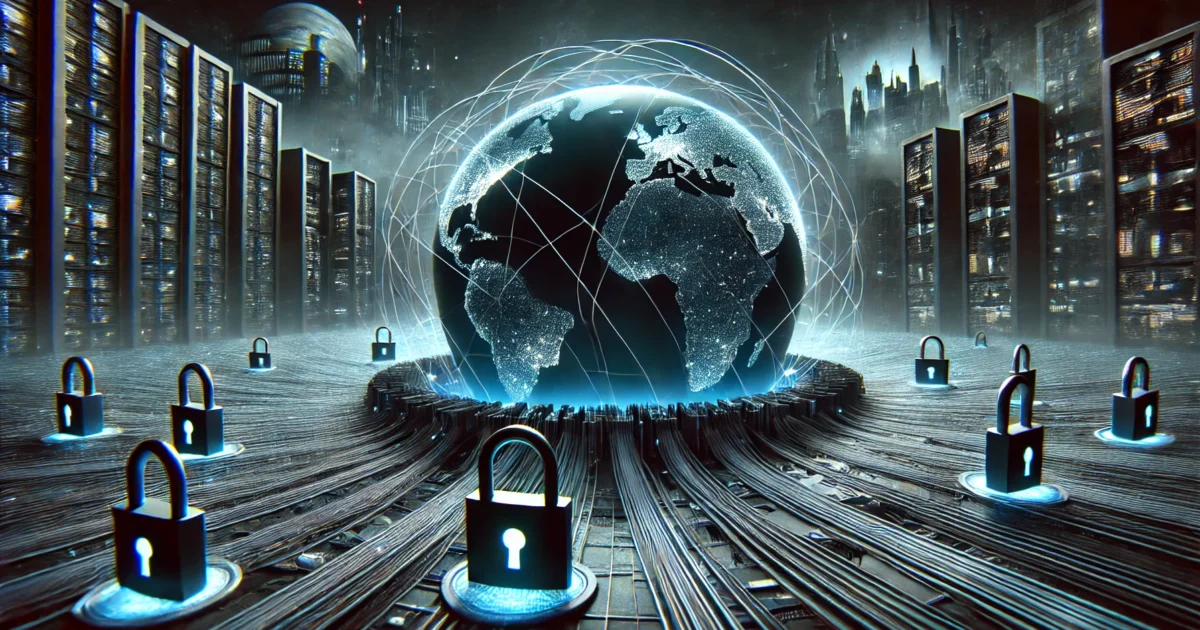by Amy Mek, RAIR Foundation:

The UN’s Global Digital Compact, disguised as a plan for internet safety, is actually a blueprint for global surveillance, designed to control free speech and silence dissent under the guise of combating misinformation.
Two weeks ago, the 193 countries of the United Nations quietly adopted The Pact for the Future, a document that is raising alarm bells among critics. Of particular concern is the Global Digital Compact (GDC), an appendix within this pact that introduces sweeping regulations for what many are calling “Internet 2.0.” Tech expert Tim Hinchcliffe warns that this is nothing short of “a path to a digital gulag.”
TRUTH LIVES on at https://sgtreport.tv/
NEWS: The Pact for the Future has been adopted by member countries by consensus at UN Headquarters in New York.
The adoption will help pave the way for greater international cooperation for #OurCommonFuture. pic.twitter.com/JnennVi2Jb
— United Nations (@UN) September 22, 2024
Hinchcliffe, writing for The Sociable—a site focused on the intersection of technology and society—expresses outrage at how little attention the mainstream media has given to the UN’s Summit of the Future, held just weeks ago. This lack of scrutiny reflects a larger trend of global elites pushing sweeping changes under the radar, knowing full well that public awareness would invite resistance. According to him, the world’s nations quietly agreed to bizarre measures that will severely restrict individual freedoms, all under the guise of The Pact for the Future.
The most chilling aspect of this pact, according to Hinchcliffe, is the Global Digital Compact. While Achim Steiner of the UN Development Programme (UNDP) describes it as a framework for “inclusive, open, sustainable, fair, and secure digital futures for all,” Hinchcliffe sees it as something far more sinister: “a roadmap to a digital gulag.” The concept of an all-encompassing digital infrastructure is eerily reminiscent of authoritarian regimes where surveillance and censorship become tools of absolute control. In this new system, every individual would be connected to the internet through a digital identity, and those who question the UN’s vision would be crushed for spreading so-called “hate speech” and “disinformation.” In Hinchcliffe’s view, free speech will no longer exist on UN-regulated Internet 2.0.
Anyone who carefully reads the document and listens to its architects will find that Hinchcliffe’s interpretation aligns more closely with the 16-page document than Steiner’s optimistic rhetoric. Section 34 of the pact states: “We will collaborate internationally to address the challenges of misinformation, disinformation, and hate speech by mitigating the risks of information manipulation in ways that are consistent with international law.” But this vague language leaves open the critical question: who defines what constitutes “hate speech” and “disinformation”? And, most importantly, who gets to decide?
As history has shown, the answer became clear during the summit: the UN will decide. At a panel discussion in New York, titled The Future of Information Integrity and the SDGs, UN Under-Secretary for Global Communications Melissa Fleming—who in 2022 famously declared, “We own the science” in reference to climate change—indicated that the UN would crack down on anything counter to the Sustainable Development Goals (SDGs). Fleming’s declaration is a chilling reminder of the dangers of centralized control over information. Fleming explained that the UN shifted course after realizing its messaging was being questioned on major platforms. “We were attacked online. Every SDG has been tainted by disinformation or hate speech,” she said, justifying the need for the UN Global Principles for Information Integrity. She claims these principles are the blueprint for a “healthy information ecosystem.”
Read More @ RAIRFoundation.com



